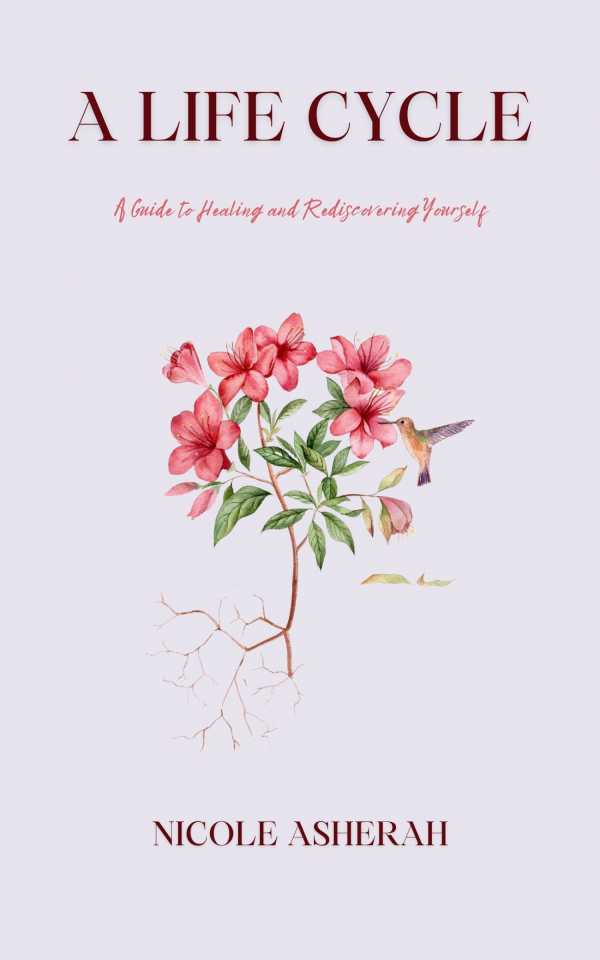A Life Cycle
A Guide to Healing and Rediscovering Yourself
Filled with quiet reflections, A Life Cycle is a lovely poetry collection that explores the depths of grief and the struggle of healing.
Nicole Asherah’s A Life Cycle is a stirring poetry collection about grief and healing.
The collection is comprised of five sections, four with titles and one without. The first and shortest section is an exploration of life and functions as a preface to the consistent pain of what comes later, in sections like “The Shattering” and “The Loving.” Together, the sections tell a complete tale, while also opening possibilities for further explanation.
Preferencing free verse forms, the collection has an unrestricted air to its concentrations on raw emotions and the nonlinear, messy process of healing. Enjambment is also a frequent technique of the often untitled entries, which meld into each other—as though the book is a single, long inner monologue. It often veers into stream of consciousness territory. Still, there is a sense of change— slow, almost imperceptible change, but change that becomes obvious when comparing the very first poem of the first titled section to the last poem of the last: the entries become more optimistic and light, conveying a sense that, although healing is still in progress, considerable healing has also already occurred.
This growth is also evident in the book’s evolving language. “The Shattering” opens on a note of unexpected sorrow: “And the scales tipped just like I knew they would / Yet I still wasn’t prepared for the fall.” By centering words with negative connotations like “fall,” and showing their greater relevance by capitalizing them (as an early poem does with the term “defeat”), the mournful tone of the entry’s section is established. And throughout the book, the language remains precise, evoking definite imagery through careful and thematic diction whose very importance is stated with clarity: “I say I am damaged. / But that word haunts me in all my moments of intimacy.” But striking metaphors are also employed to convey emotions and physical sensations, while paradoxes appear to highlight the discombobulating natures of grief, healing, and love.
The collection also makes use of repetition and anaphora to emphasize its points, most often when it comes to feelings of loneliness and emptiness. Indeed, the emphasis on these elements in the first section in particular makes it all the more clear when contentment and love appear in later sections. And silence is manifested through the poem’s occasional avoidance of naming its topics, contributing to the sense that grief and love are often too big for words. All in all, the compilation chronicles an authentic progression from grief and trauma forward, made tangible through its impeccable use of literary devices.
Filled with quiet reflections, A Life Cycle is a lovely poetry collection that explores the depths of grief and the struggle of healing.
Reviewed by
Carolina Ciucci
Disclosure: This article is not an endorsement, but a review. The publisher of this book provided free copies of the book and paid a small fee to have their book reviewed by a professional reviewer. Foreword Reviews and Clarion Reviews make no guarantee that the publisher will receive a positive review. Foreword Magazine, Inc. is disclosing this in accordance with the Federal Trade Commission’s 16 CFR, Part 255.

